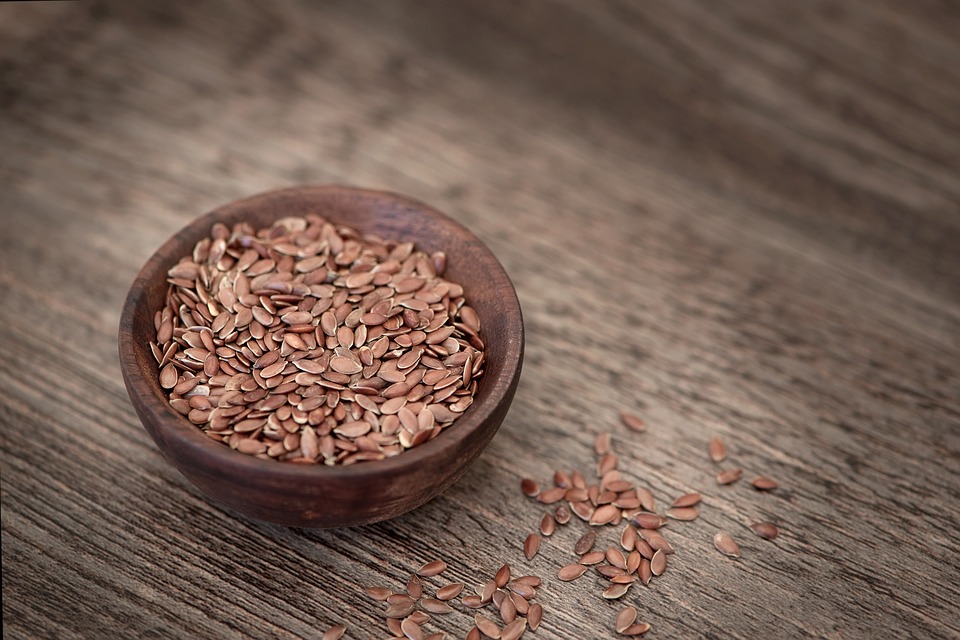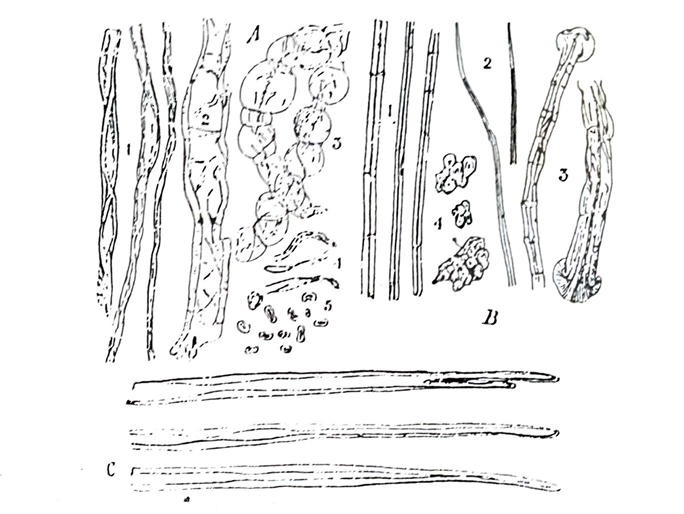Biological source:
Flax consists of the strands of pericyclic fibres of the stem of Linum usitatissimum Linn., a cultivated plant of the family Linaceae.
Geographical source:
Linum usitatissimum is cultivated in many countries including Bangladesh as an oil-seed plant, but always as a source of fibre. Flax is prepared commercially in Russia, Northern Ireland, U.S.A., and Argentina.
Preparation of Flax:
The plants are uprooted by hand just about the time of ripening of the fruits, tied in sheaves and left to dry in the field. The dried plants then undergo a ‘rippling’ process to remove the capsules, after which the stems are tied in bundles and subjected to a ‘retting’ process similar to that of Jute. When retting is complete, the stalks are dried in the sun, broken into pieces in a mill and the pieces of the xylem tissues removed by the teeth of a ‘scutcher’. The residual bark from the stem is then mechanically combed to make the fibres parallel.

Macroscopical and microscopical characters:
The strands of Flax fibres have more tensile strength than cotton. They are about 50 cm in length. The individual fibres vary in length from 12 to’30 um; have very thick walls, uniform narrow lumen and finely pointed ends. fine, obliquely transverse markings are present on the fibres. They are also finely striated longitudinally (See Fig. 70)

Fig. 70: Natural Fibres. A. Cotton: 1, mounted in glycerin; 2. Absorbent cotton in CUOXAM; 3, Raw cotton fn CUOXAM; 4, apexes of trichomes; 5. l.s. of trfchomes. B, Flax: 1, isolated fibres; 2, apexes of fibres; 3, mounted in CUOXAM; 4, t.s. of fibres; C, Jute fibres. (Reconstructed from Wallis).
Constituents:
Flax is made up of pecto-cellulose.
Uses:
Flax is used as a filtering medium for some preparations. It is rarely used in the manufacture of lints.

